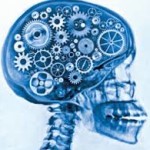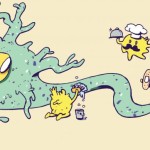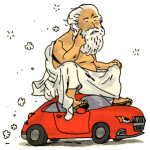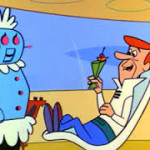Even if you think debate over human free will has been conclusive (to say the least) or not agree in aphorisms as definitive judgements on the matter, Hank Pellissier’s “Free Will Does Not Exist – Should it be a Transhumanist Enhancement?” brings a refreshing debate on what would ‘enhanced’ human beings do about their possibility of free will.
“(…) We don’t have free will because human physiology isn’t wired that way. (…)
It is true that certain factions still believe in free will – Religionists and Libertarians – but I’m not in either camp. I’m an atheist social progressive.
Having established my opinion on free will, let’s proceed…(…) Should 100% Free Will be a Transhumanist Goal? (…) I believe free will isn’t available,but it could be attained, at least partially, perhaps through excruciating disciplines… or – definitely – via emerging transhuman technologies.
Returning to the present time, let’s examine the suffering caused by our enslavement to our outdated neurochemistry, which evolved to protect us from pre-civilization menaces. Let’s divide our investigation of the consequences into three categories:
Body – Many people (…) enslaved to physical addictions that render them helpless. (…)
Emotion – Humanity is cursed with negative feelings that injure us with internal pain and agony. (…)
Thought – Our minds often flit spasmodically from one obsession to another, exhausting us with their randomness and superficiality. (…)
Wouldn’t it be wonderful if all these problems were eradicated?
Imagine an existence as Free-Will Transhumans, who decided 100% of the time what we wanted to think, feel, and do.. (…)
We’ll begin with options presently available, and continue from there into futuristic, far-out, fantastical possibilities.
Today’s Techniques and Technology – Control of one’s thoughts and feelings can be improved via meditation. (…)
Pharmaceutical Control of our Biochemistry – “Paradise engineering”, advocated by philosopher David Pearce of HedWeb.com, has “abolition of suffering” as its goal. (…)
Memory Erasure and Alteration + Injection of Joyful Invented Memories – Our neurological response to situations is largely determined by memories of similar events. (…)
Rewiring Our Brains, with Wires – Our mental activity currently depends on largely-out-of-our-control neurochemical reactions….” read full article



















